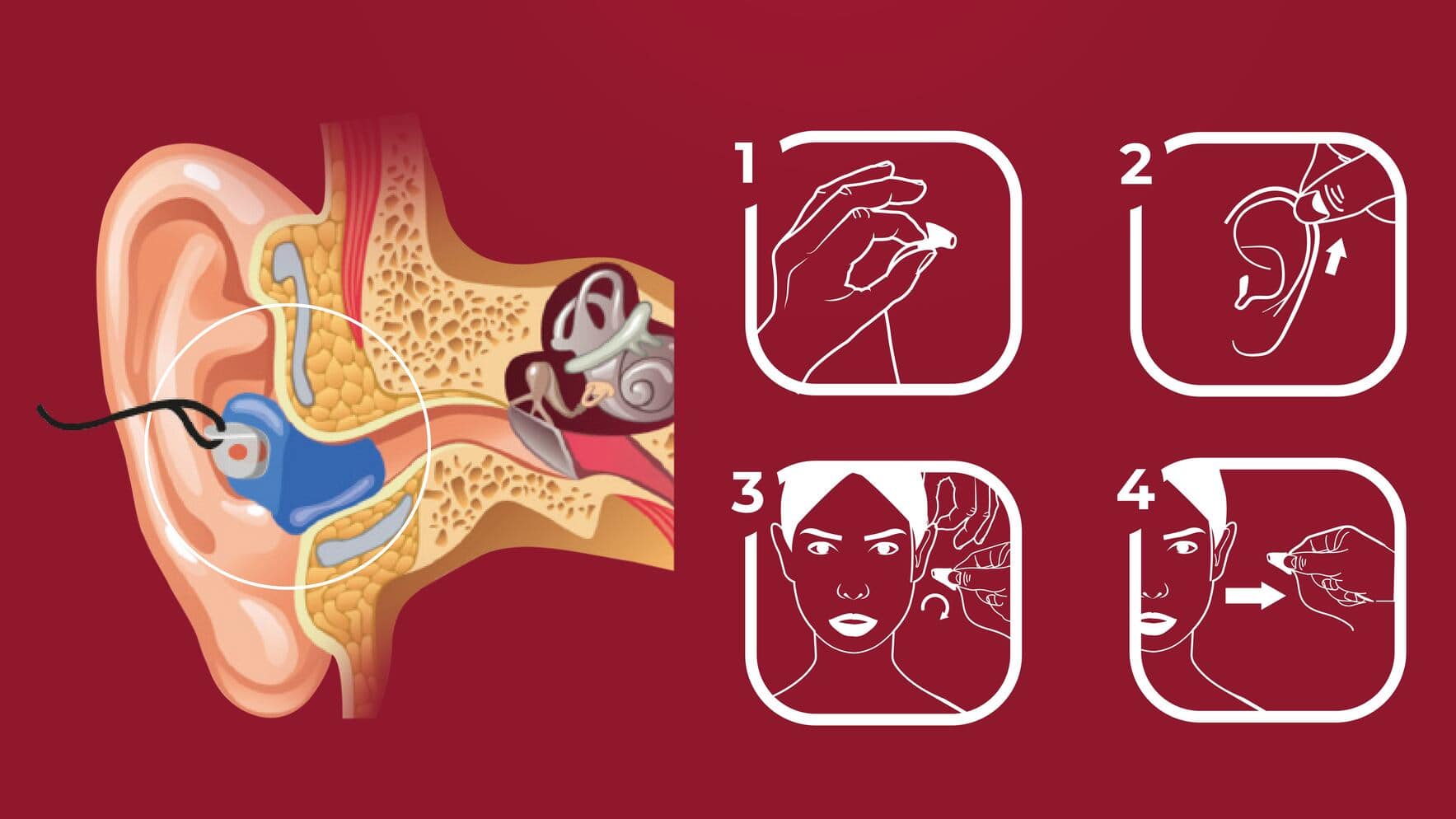Auditory protection at work is essential to prevent temporary or permanent hearing damage caused by prolonged exposure to excessive noise. Excessive noise can lead to hearing issues, stress, and fatigue, and may have negative impacts on our mental and physical health. It's crucial for workers to take measures to protect their hearing and reduce the risk of auditory injuries on the job. It's important for the company to provide adequate auditory protection to its workers and promote and ensure that workers use this protection to mitigate the risk of auditory injuries.The most common auditory risks at work include exposure to excessive noise in construction environments, factories, airports, and train stations. Workers in these environments are exposed to noise levels that exceed those recommended by the World Health Organization (WHO), and they're at risk of experiencing temporary or permanent hearing damage. Workers in construction environments are exposed to extremely high levels of noise due to the use of mechanical tools and heavy machinery. Workers using electric saws, pneumatic hammers, and drills are particularly at risk of excessive noise exposure.The first step to protect hearing is to measure the noise level in the work environment or at home. The World Health Organization (WHO) recommends that the daily noise level does not exceed 85 decibels (dB) to safeguard long-term hearing. If the noise level surpasses this limit, it's important to take measures to reduce the noise or protect hearing. Prolonged exposure to excessive noise can lead to hearing issues such as temporary or permanent hearing loss, tinnitus, and ringing in the ears.
Workers in construction environments are exposed to extremely high levels of noise due to the use of mechanical tools and heavy machinery. Workers using electric saws, pneumatic hammers, and drills are particularly at risk of excessive noise exposure.The first step to protect hearing is to measure the noise level in the work environment or at home. The World Health Organization (WHO) recommends that the daily noise level does not exceed 85 decibels (dB) to safeguard long-term hearing. If the noise level surpasses this limit, it's important to take measures to reduce the noise or protect hearing. Prolonged exposure to excessive noise can lead to hearing issues such as temporary or permanent hearing loss, tinnitus, and ringing in the ears.
 Workers in construction environments are exposed to extremely high levels of noise due to the use of mechanical tools and heavy machinery. Workers using electric saws, pneumatic hammers, and drills are particularly at risk of excessive noise exposure.The first step to protect hearing is to measure the noise level in the work environment or at home. The World Health Organization (WHO) recommends that the daily noise level does not exceed 85 decibels (dB) to safeguard long-term hearing. If the noise level surpasses this limit, it's important to take measures to reduce the noise or protect hearing. Prolonged exposure to excessive noise can lead to hearing issues such as temporary or permanent hearing loss, tinnitus, and ringing in the ears.
Workers in construction environments are exposed to extremely high levels of noise due to the use of mechanical tools and heavy machinery. Workers using electric saws, pneumatic hammers, and drills are particularly at risk of excessive noise exposure.The first step to protect hearing is to measure the noise level in the work environment or at home. The World Health Organization (WHO) recommends that the daily noise level does not exceed 85 decibels (dB) to safeguard long-term hearing. If the noise level surpasses this limit, it's important to take measures to reduce the noise or protect hearing. Prolonged exposure to excessive noise can lead to hearing issues such as temporary or permanent hearing loss, tinnitus, and ringing in the ears.How do we protect ourselves from noise in work environments?
One way to protect hearing is through the use of auditory protectors. These can be earplugs, active noise-cancelling headphones, or earmuffs. Earplugs are inserted into the ear and help block out excessive noise. Active noise-cancelling headphones use noise-cancellation technology to reduce ambient noise. Earmuffs fully cover the ears and assist in blocking out excessive noise. Auditory protection can also be provided by protective helmets. These cover the entire head and ears, creating a physical barrier against excessive noise. Protective helmets are ideal for workers exposed to excessive noise in their jobs, such as construction workers, firefighters, and welders.Among the various options of auditory protectors available in the market, we highlight custom-fit auditory protectors. Through a simple impression of the ear canal carried out by a qualified audiologist, a 3D impression is obtained for the fabrication of the custom protection plug. This protector is complemented with a filter adapted to the work-related noise situation. It's a straightforward, easy, and long-lasting solution when compared to disposable earplugs, saving costs for the company. You can learn about our management system and the possibilities of custom auditory protection tailored to your company's needs at the following link.Other Considerations
In addition to using auditory protectors, it's important to take measures to reduce noise in the work environment. This can involve using machinery and tools with low noise levels, creating quiet work zones, and implementing training programs about noise and auditory health. The company should provide its workers with information about auditory risks and how to protect themselves at work. This can include:- Information about noise levels in the workplace: Employers must measure noise levels in the workplace and provide their workers with information about noise levels and how they can affect their hearing.
- Information about the effects of excessive noise on hearing: Employers must provide their workers with information about the effects of excessive noise on hearing, including temporary and permanent hearing loss, tinnitus, and ringing in the ears.
- Information about the types of available auditory protectors: Employers must provide their workers with information about the different types of available auditory protectors, such as earplugs, active noise-cancelling headphones, and earmuffs, and how to use them correctly.
- Information about following an auditory care routine: Employers must provide their workers with information about following an auditory care routine, such as resting the ears regularly and avoiding excessive noise outside of work.
